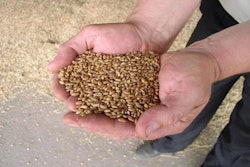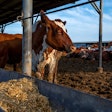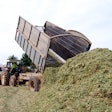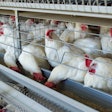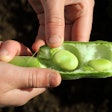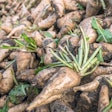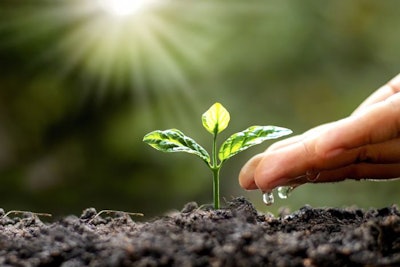
10 key points about ingredients rich or poor in phytate
The discussion about the crisis regarding the sudden increase of phosphate prices has brought to the surface the issue of phytate. Many nutritionists no longer know much about phytate, if only because they know it is being taken care by the commercial exogenous enzyme phytase. Nevertheless, there are some points worth keeping in mind when dealing with ingredients rich or poor in this compound.
- Phytate is a natural compound found in many plants. It is the main storage form of phosphorus in seeds for when sprouting begins. As such, it is highly protected, meaning animals cannot digest it as they do not secrete phytase, the enzyme needed to break down phytate and release phosphorus. This is perhaps because animals way back when did not need much phosphorus as productivity was not that high.
- Phytate is not an anti-nutritional factor (ANF) in that it does not inhibit the digestive process of other nutrients in the feed or cause any digestive upset. That is, it cannot be considered an ANF according to the widely accepted definition of the term – if there is such a thing. Newer evidence suggests phytic acid before being ionized can bind iron, zinc and calcium, something that is being investigated. In this essence, phytate can be considered as an ANF.
- Phytate does not only bind phosphorus, although it is the main nutrient bound by it. In cereals, almost two-thirds of phosphorus is bound in phytate. This molecule also binds other minerals – especially calcium – but also some micro-minerals and of course some amino acids. Breaking down phytate releases some of these nutrients – at different degrees – and some may be used by the animal. Here, some experts still feel quite reserved, but not so when it comes to poultry feeds where the use of the right matrix values for such side-nutrient effects may be the only marketing advantage of one phytase product to the next.
- Phytase cannot break down all existing phytate as no system is 100% efficient (thermodynamic laws). As such, using super-doses of phytase (up to 10 times the recommended) will not ensure 100% release of existing phosphorus.
- Each additional dosage of phytase releases a smaller percentage amount of remaining phosphorus. So, if the first dosage releases 0.1% available phosphorus, the second one will probably release 50%, that is 0.05% available phosphorus, and so on. Specific performance depends on specific commercial product performance.
- Ingredients rich in phytate include wheat bran and other grain fractions that are around or on the pericarp (outer layers) of seeds. In fact, wheat contains endogenous phytase and can be counted on to help release some of its own phosphorus.
- Vegetable protein sources contain more phytate than cereals. Sunflower meal is especially rich in phytate, and although this might appear counterproductive, when inorganic phosphates are expensive it might be more economical to use higher dosage of phytase to release extra phosphorus from high-phytate ingredients.
- Phytate is the ionized form at physiological pH of phytic acid, which is the actual phosphorus reserve compound for seeds and grains.
- Phytin is a calcium-magnesium salt of phytic acid, which is the main phytic acid form in plants. In animal nutrition, these three terms (phytic acid, phytate and phytin) are used interchangeably.
- Lastly, although components of phytate exist in animals and play a significant physiological role, these cannot be absorbed by hydrolyzed plant phytate and must be produced by the animal organism (myoinositol is such an example).
Phosphorus in plants and animals is an essential nutrient, and one that is not abundant in nature. Thus, most phosphorus of plant origin is unavailable to animals, hence the need to supplement feeds with phosphates. Commercial phytase enzymes can release some of the phytate-bound phosphorus for the animal’s benefit – but always at a calculated cost.




